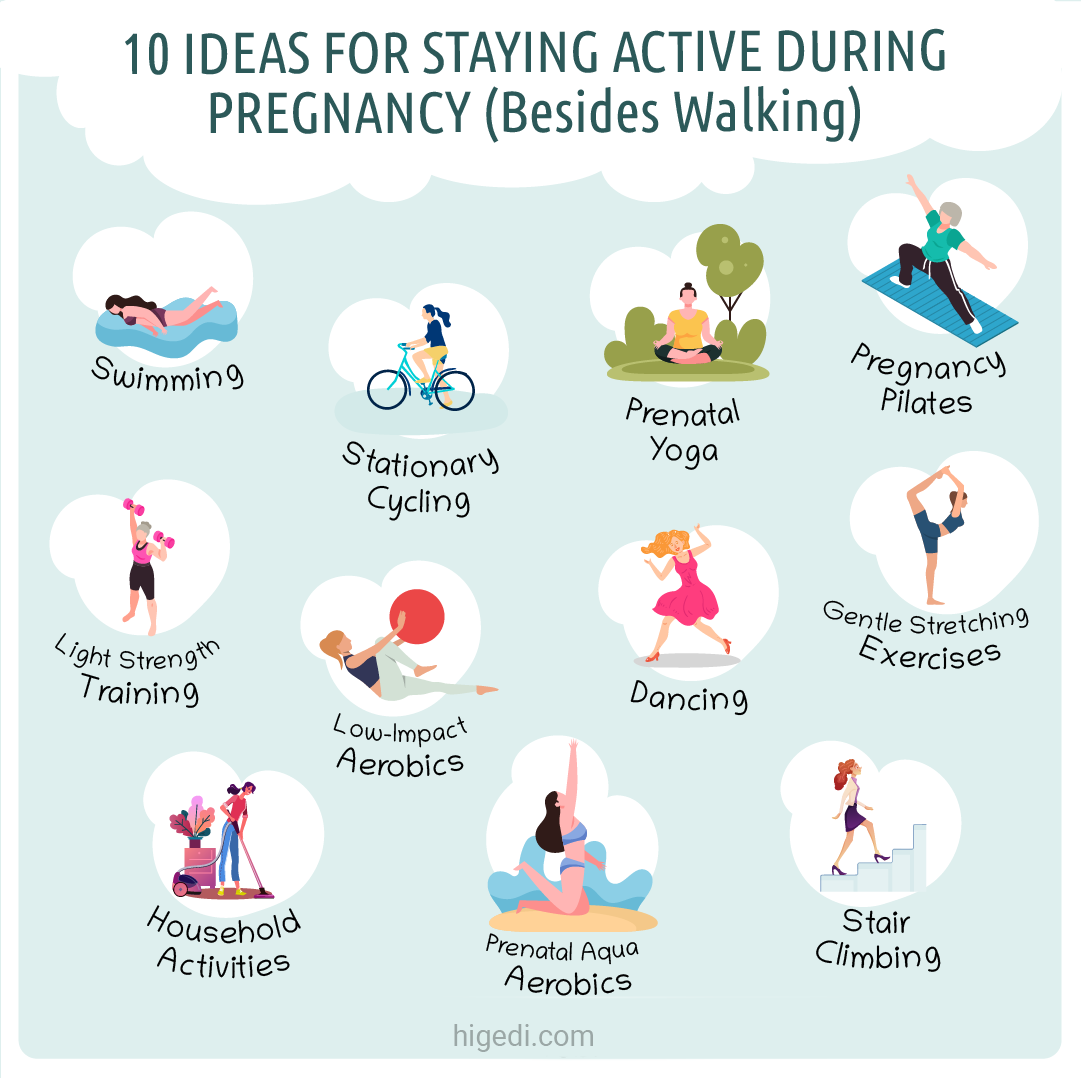Safe & Effective Ways to Move During Pregnancy
When you’re managing gestational diabetes (GDM), most of the focus tends to land on food — what to eat, when to eat, how much to eat. But just as important as your plate is your movement.
Staying active with gestational diabetes isn’t just “nice to have” — it’s a powerful tool for keeping your blood sugar in check, improving your mood, and supporting a healthier pregnancy overall. Think of it like this: a balanced approach to GDM means combining smart nutrition with safe, regular movement.
Why Exercise Matters in Gestational Diabetes
When you're pregnant, your body naturally becomes more resistant to insulin — the hormone that helps regulate blood sugar. For some people, that resistance becomes significant enough to lead to gestational diabetes.
Here's where physical activity steps in: it helps your muscles absorb glucose more efficiently, reducing blood sugar levels without needing extra insulin. Even short bouts of movement after meals can make a big difference.
With gestational diabetes, a simple 10-minute walk after meals can do more for your blood sugar than a single intense workout. It’s not about the length or intensity — it’s about timing and consistency. Every step counts!
Plus, regular movement:
Boosts circulation and energy
Reduces pregnancy aches and pains
Supports better sleep
Can lower your risk of needing insulin therapy
Prepares your body for labor and postpartum recovery
Best Exercises for Pregnancy
You don’t need to train like an athlete — even gentle, consistent movement can help you manage GDM effectively. The key is choosing exercises that are safe, low-impact, and enjoyable for you.
Here are some great options to get you started:
Swimming
A full-body workout that’s easy on the joints, swimming relieves pressure on your back and belly while gently building strength and endurance. Plus, the water can be incredibly soothing during later pregnancy.
Stationary Cycling
A great cardio option that keeps your heart rate up with minimal fall risk. You can easily adjust the intensity and pace as your pregnancy progresses.
Pregnancy Pilates
Pilates strengthens your core, pelvic floor, and back, helping to prevent pain and improve posture. Look for prenatal-specific classes or online routines.
Light Strength Training
Maintaining muscle mass can help with blood sugar stability and endurance. Use light dumbbells or resistance bands and avoid lying flat on your back after the first trimester.
Low-Impact Aerobics
Stay energized and boost heart health with prenatal-friendly aerobic classes — whether in person or streamed at home. The goal is to move without jumping or jarring impact.
Dancing
Yes, dancing counts! Put on your favorite playlist and get moving around the house. It lifts your mood and your heart rate.
Gentle Stretching
Helps maintain flexibility, ease tension, and support circulation. Perfect for winding down or relieving discomfort from sitting or sleeping.
Prenatal Yoga
Combines gentle movement with breathwork and mindfulness — a great tool for stress management (which also impacts blood sugar!). Choose classes designed specifically for pregnancy.
Household Activities
Light chores like vacuuming, tidying, or gardening keep you on your feet without needing a workout mat. Bonus: your space gets cleaner in the process.
Prenatal Aqua Aerobics
Enjoy a structured workout in the pool designed for pregnant women — gentle, effective, and low impact.
Stair Climbing
An easy and accessible way to sneak in movement during the day. Just be sure to hold onto the railing, go slow, and skip this one if you’re feeling dizzy or unsteady.
Note: Always check with your healthcare provider before starting any new exercise routine during pregnancy.
How Often Should You Exercise with GDM?
Aim for at least 30 minutes of activity most days of the week — but that doesn’t mean you need to do it all at once.
Even just a 10-minute walk after meals can significantly lower blood sugar spikes. These short, consistent bursts of movement are often more effective than a single high-intensity session. Think habit over hustle!
A Few Tips to Keep It Safe
Always check with your healthcare provider before starting or continuing any new exercise routine
Stay hydrated and avoid overheating, especially in warmer weather
Wear supportive shoes and clothing
Listen to your body — if you feel dizzy, short of breath, or in pain, stop and rest
Final Thoughts
If you’re living with gestational diabetes, exercise is one of the most effective — and empowering — tools you have to support your health and your baby’s. You don’t need a gym membership, fancy gear, or hours of free time. What matters is consistency and compassion for yourself.
Whether it’s a short walk, a swim, or a dance session in your living room, every bit of movement helps your body do what it’s already trying so hard to do: grow and nourish new life.
You’ve got this, Mama 💜
FAQ: Exercise & GD
1. How soon after eating should I exercise with gestational diabetes?
Aim for 10-30 minutes after meals. This is when blood sugar peaks, and movement helps your muscles absorb glucose more efficiently.
2. Can exercise replace medication for gestational diabetes?
Not always. While exercise significantly helps manage blood sugar, some women still need insulin or medication. Work with your provider to determine the best approach for you.
3. Is it safe to exercise in the third trimester with GD?
Yes, with your provider's approval. Stick to low-impact activities like walking, swimming, and prenatal yoga. Avoid exercises that require balance or risk of falling.



